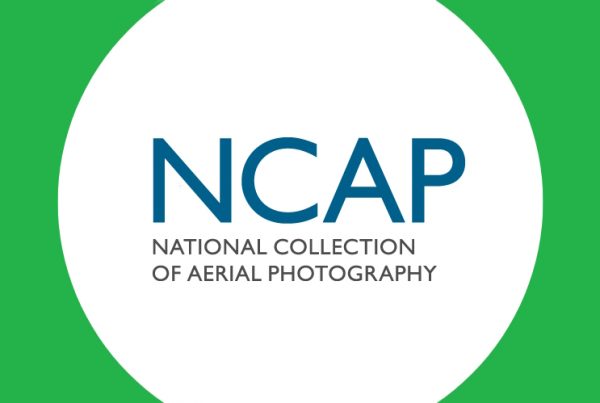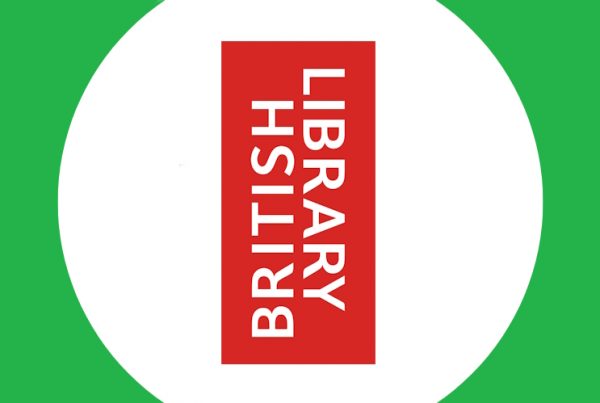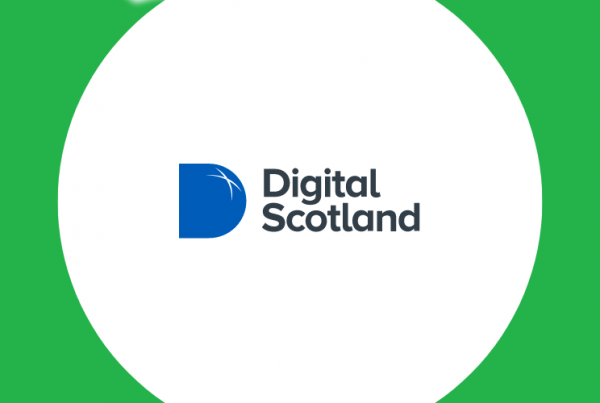
The client
For over a decade thinkWhere has been supporting the British Library with an ongoing project to curate digital mapping snapshots of the UK and global landscape.
The British Library is the national library of the United Kingdom. It is the largest library (by number of items catalogued) in the world holding over 150 million items including manuscripts, newspapers and patents.
In its capacity as one of the six UK Legal Deposit Libraries (LDLs), the British Library works alongside the National Library of Scotland, the National Library of Wales, the Bodleian Libraries (Oxford), the University Library (Cambridge), and the Library of Trinity College (Dublin).
Legal Deposit has been part of English Law since 1662. It aims to ensure the preservation of the nation’s published output for use by future generations. Under this legislation, a copy of every UK print publication must be given to the British Library by the publisher, and to the other five Legal Deposit Libraries that request it. This published content is then made available to anyone who requests it via the Libraries’ Reading Rooms.
The challenge
In 2013, the LDLs had an initial requirement to find a solution for securely storing and providing access to annual snapshots of digital map data from the Ordnance Survey Great Britain (OS) and Ordnance Survey Northern Ireland (OSNI). This included large scale map data from 1998 onwards.
thinkWhere initially developed a solution to securely store an “access copy” of the OS and OSNI annual snapshot data and provided an online, intuitive full-screen Digital Map Viewer, available in all six LDL Reading Rooms.
However, fundamental changes to legal deposit legislation in 2013 saw the remit of legal deposit expand to cover digital material. This “non-print” legal deposit also relates to UK publishers of digital mapping. Recognising the expanding volumes of data required to be stored in the future, the LDLs needed a solution that was secure and capable of supporting the deposit of digital map data from the full range of UK data publishers.
A map viewer was also required to allow visitors to the Reading Rooms to explore available maps and metadata. Viewing and copyright restrictions for printed output also had to be adhered to.
The solution
In 2013, thinkWhere began work to create GDAS – Geospatial Data Application and related Services.
GDAS comprises 2 key components – a modern, scalable cloud platform to host the growing catalogue of digital mapping and geospatial datasets and a custom web application for the LDLs which provides the user with a suite of interactive capabilities to view, analyse and compare different epochs of mapping. A rich metadata system is incorporated that conforms to bibliographic metadata standards.
thinkWhere was able to quickly develop the platform and web application using their existing cloud spatial data platform on Amazon Web Services, theMapCloud, as the core, and developing the application using the common suite of open source tools and technologies that the team use for all its product development work.
Today, on an ongoing basis, the thinkWhere team are tasked with ensuring additional data is regularly uploaded to the platform across geographical areas including Great Britain, Northern Ireland, Antarctica and more.
The British Library supplies thinkWhere with the source data which is then uploaded to GDAS. The resource has grown year on year since its inception and now provides a comprehensive overview of data dating back to 1998 across a range of locations.
The application allows staff and visitors at the libraries to access a wealth of current and historic digital mapping data for comparison via its online viewer. A split-screen function allows a then-and-now view, allowing users to easily contrast historic datasets specific to the parameters set.
Since the start of the GDAS project, thinkWhere has uploaded a total of 1,284 datasets, with a total of 1,342 snapshots.
The datasets available include:
- Ordnance Survey Mastermap Topography (1998-2023)
- Ordnance Survey Highways Network (2006-2023)
- Ordnance Survey Northern Ireland (OSNI) Large Scale Vector Mapping (2004-2023)
Along with snapshots from a range of other third-party suppliers including:
- Antares
- British Geological Survey
- CADW
- Clever Little Maps Company
- Historic England
- Historic Environment Scotland
- RCAHMW
- XYZ Maps
- NI Dept for Communities
- British Antarctic Survey
thinkWhere has recently completed a project for onboarding additional data from:
- HMLR
- Registers of Scotland
- UKHO
The future
Over the next few years, thinkWhere will continue to work collaboratively with the LDLs to extend the data content available each year and to enhance the features and capabilities of the GDAS viewer and platform in response to user needs.
“It has been a pleasure to work with thinkWhere and now Idox for over ten years on archiving and presenting digital maps. The viewer has helped the UK public to access the wealth of publications in this area in an intuitive and user-friendly form. Collecting snap shots of digital maps is increasingly important in an environment where updates just overwrite previous versions. This collaboration with thinkWhere ensures that future generations will be able to see how an area has developed over time.”
Linda Arnold Stratford
Head of Liason and Governance
Legal Deposit Libraries
“We are very proud of our longstanding collaboration with the British Library and all the Legal Deposit Libraries. The curation and publication of digital mapping data over time, is an essential record of our changing landscape and how that has been interpreted by many different map publishers. Using the power of our cloud GIS capabilities, the libraries and their readers can rely on interactive access to these key resources.”
Alan Moore
Geospatial Product Director
thinkWhere





